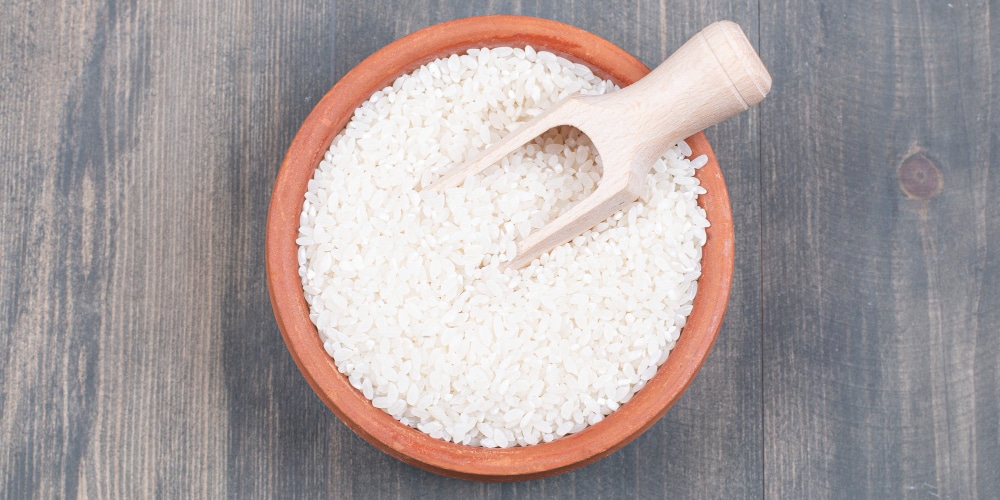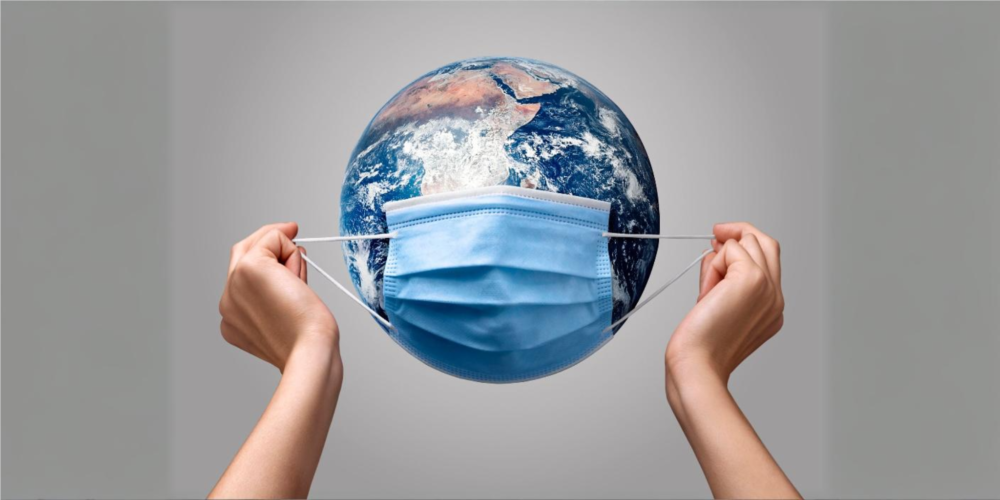Latest
Uneven vaccine access in India slows down immunisation for children
According to the study even though India has high overall vaccine coverage, uneven distribution in certain areas means there's still a risk of outbreaks for diseases like measles, diphtheria, whooping cough, and polio
Author
Author
- admin / 1 year

- 0
- 3 min read

Author
India has made exceptional advances in child immunisation, but differences in coverage across regions are holding back important goals, says a recent Lancet study.
India ranked first in 2021 and second in 2023 for the highest absolute number of Zero Dose children globally and figures among the top 10 countries home to children missing out on measles vaccination worldwide.
Zero-dose children are those who have not received even the first dose of basic vaccines, such as those for measles, polio, or DPT (diphtheria, pertussis, and tetanus).
Like many countries, due to immunisation gaps exacerbated by the global COVID-19 pandemic, India recently experienced vaccine-preventable disease outbreaks, including flare-ups of measles and diphtheria, says the study based on data from 36 states and Union Territories, 707 districts, and 22,349 small-area clusters.
“We constructed a binary variable designating all surviving children aged 12–23 months who failed to receive any DTP or pentavalent vaccine doses as “ZD”,” the authors say.
The authors say that districts with more under-vaccinated children also tended to have greater inequalities.
“The prevalence of under-vaccination varied widely across India’s 707 districts. For first year-of-life vaccines (ZD, BI, No-MR-1, DPT3, OPV3), these high-burden districts were concentrated in the north-eastern states and in Uttar Pradesh,” the study highlights.
According to the study even though India has high overall vaccine coverage, uneven distribution in certain areas means there’s still a risk of outbreaks for diseases like measles, diphtheria, whooping cough, and polio.
The study highlights that the areas with the most children not vaccinated, along with the greatest differences in vaccination rates within districts, were mainly found in the north-eastern states and “in the populous, northern-central state of Uttar Pradesh.”
Measles is a global priority disease due to its impact on child mortality. WHO recommends that countries seeking to eliminate measles deliver at least 95% coverage with two measles-containing vaccine doses equitably to all children.
“ While, in 2023, official mean estimates of India’s national measles-rubella first dose and second dose coverage were 93% and 90% respectively, we found that only the highest performing states such as Odisha, Tamil Nadu, Himachal Pradesh and Goa had distributions of first dose measles vaccination coverage across clusters consistent with measles elimination, and none had achieved elimination-level second dose coverage,” the study reveals.
India reported 65,150 measles cases in 2023–roughly ten percent of the global total, the study adds.
The study suggests that, to fully vaccinate every child in India, it’s crucial to target smaller areas within districts, where the biggest differences in vaccination rates are found.
Also read: FACT CHECK: Can vaccines for children lead to autism? – First Check









